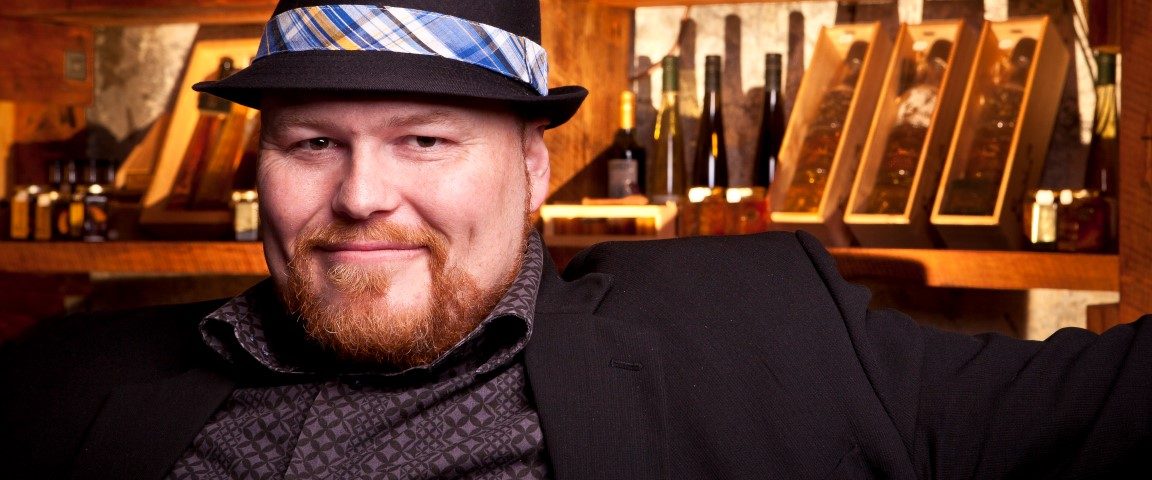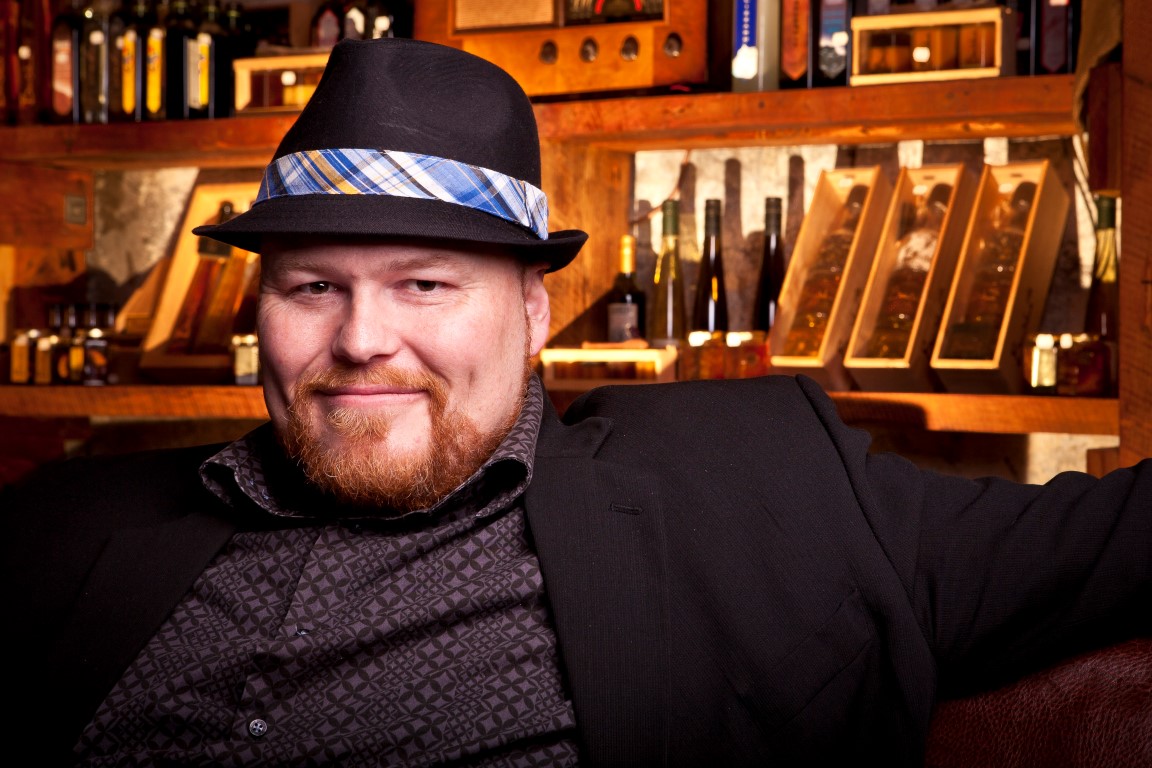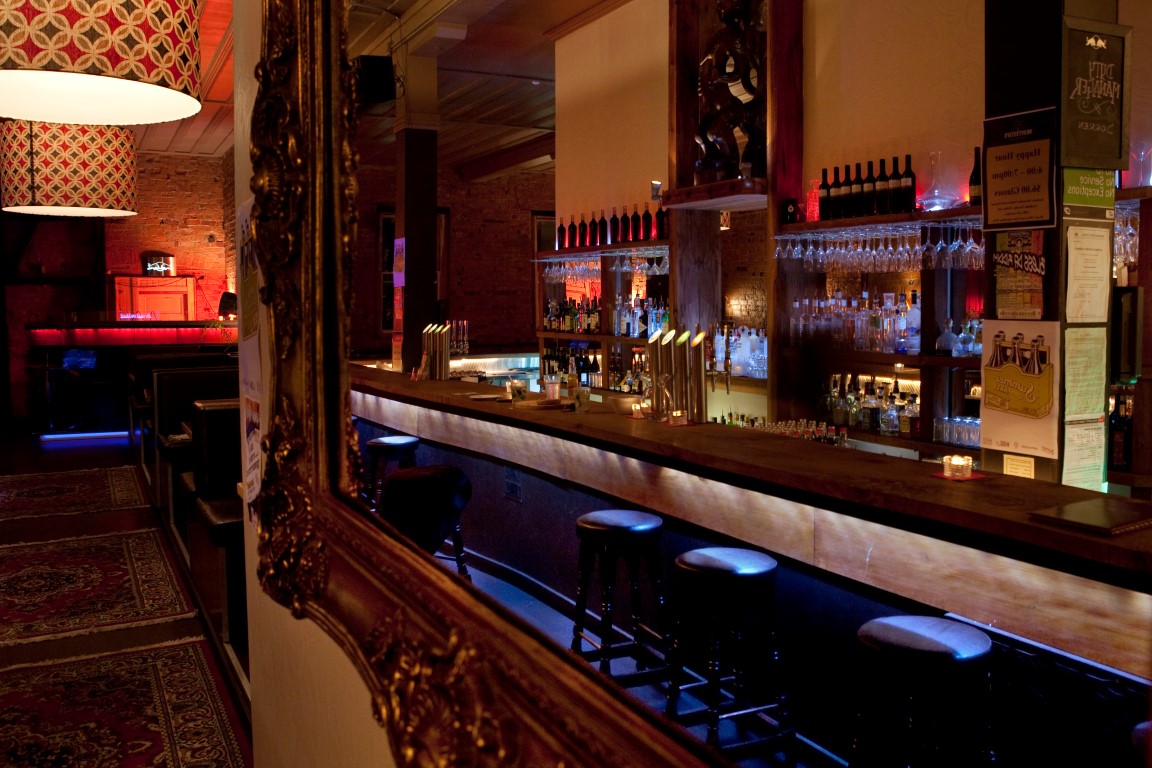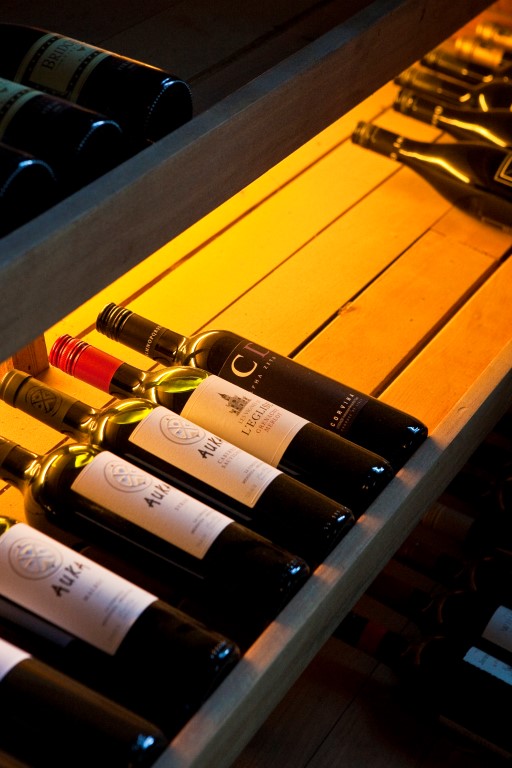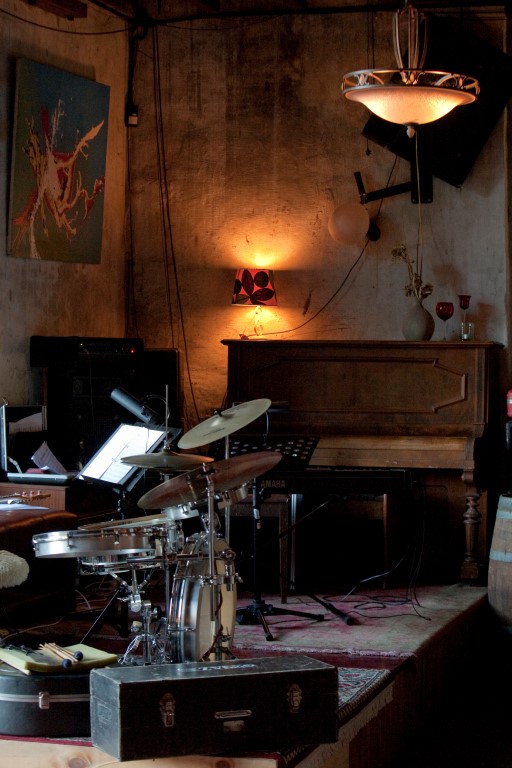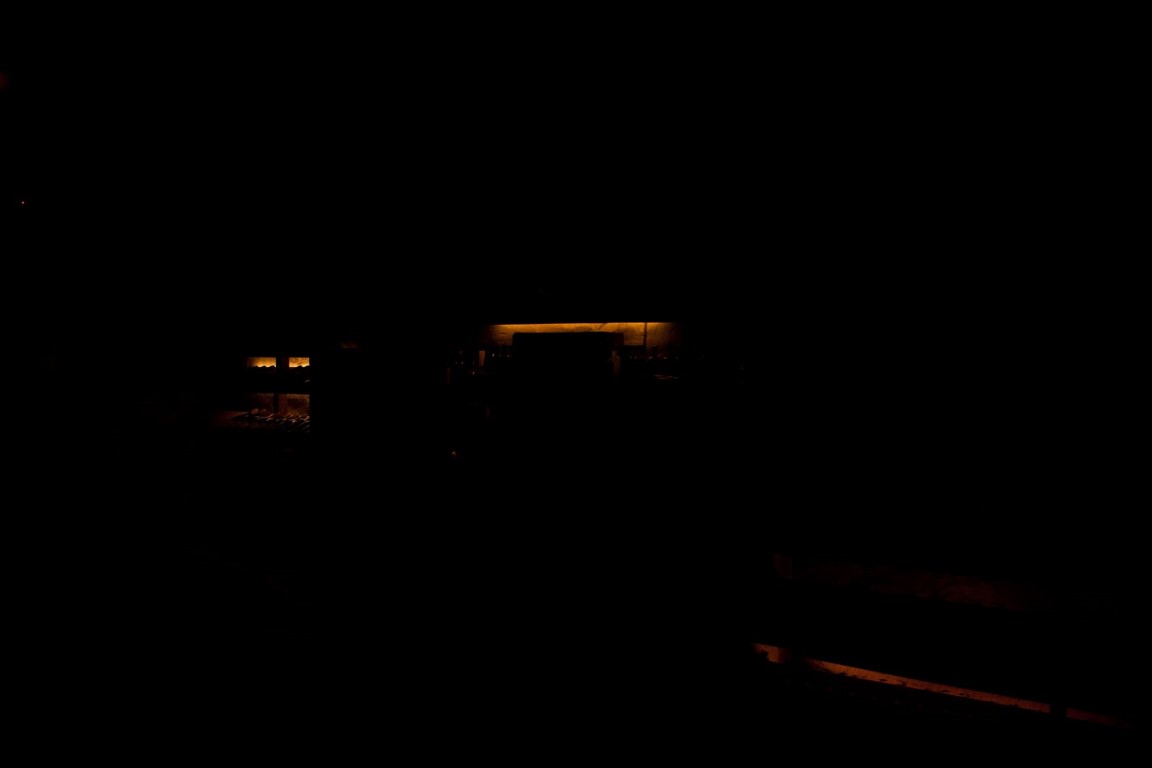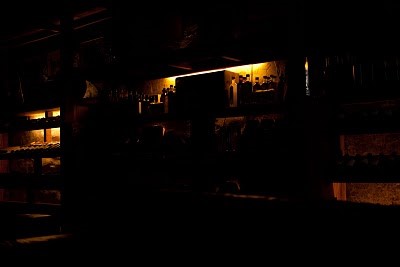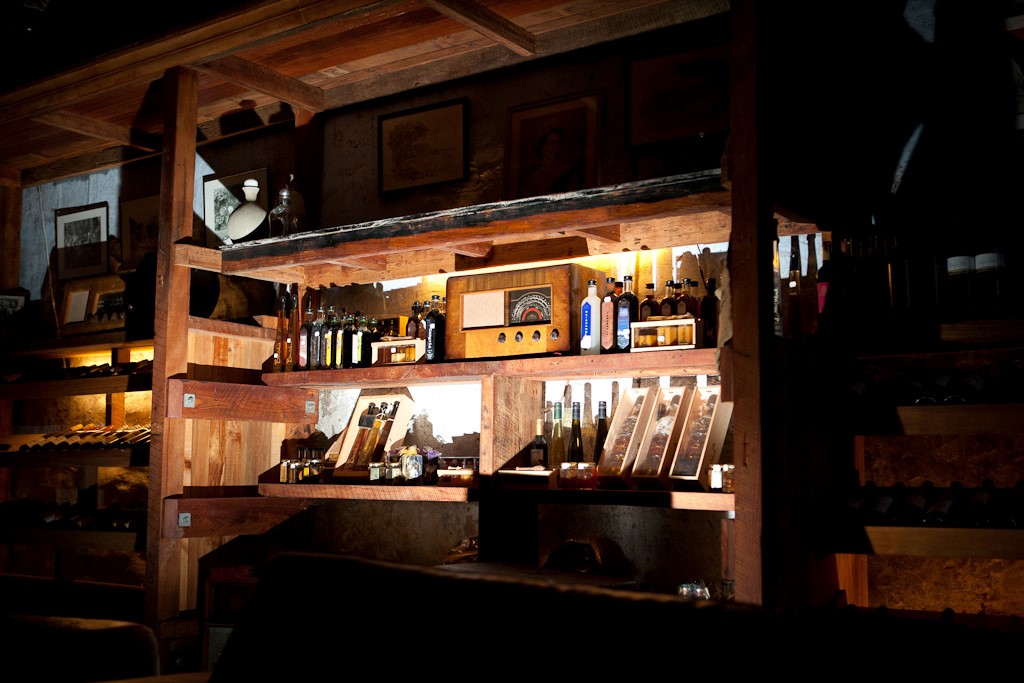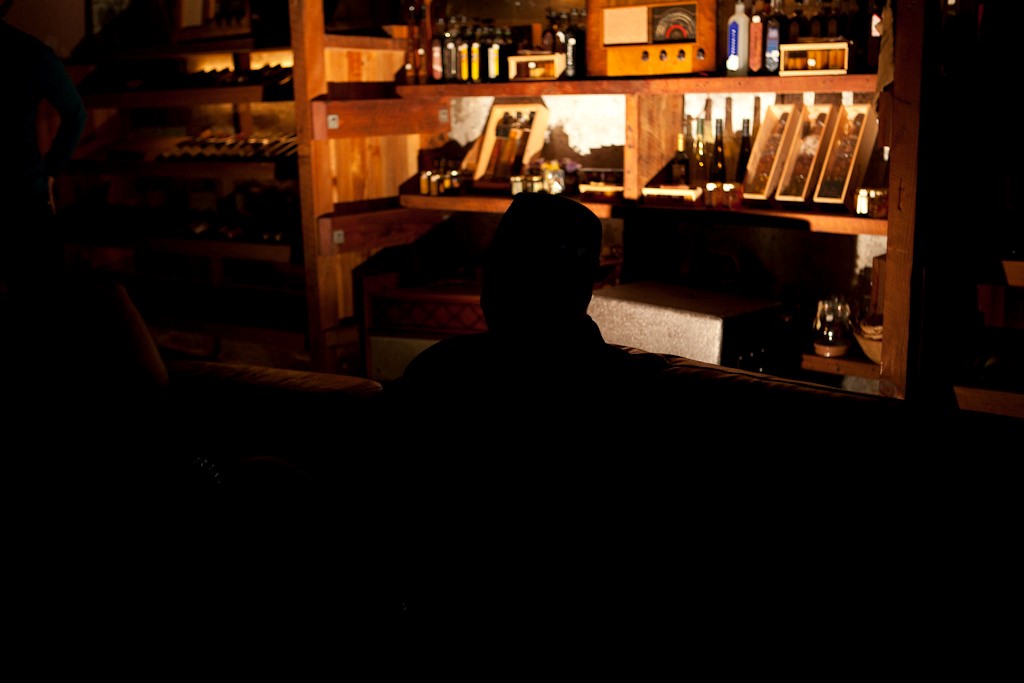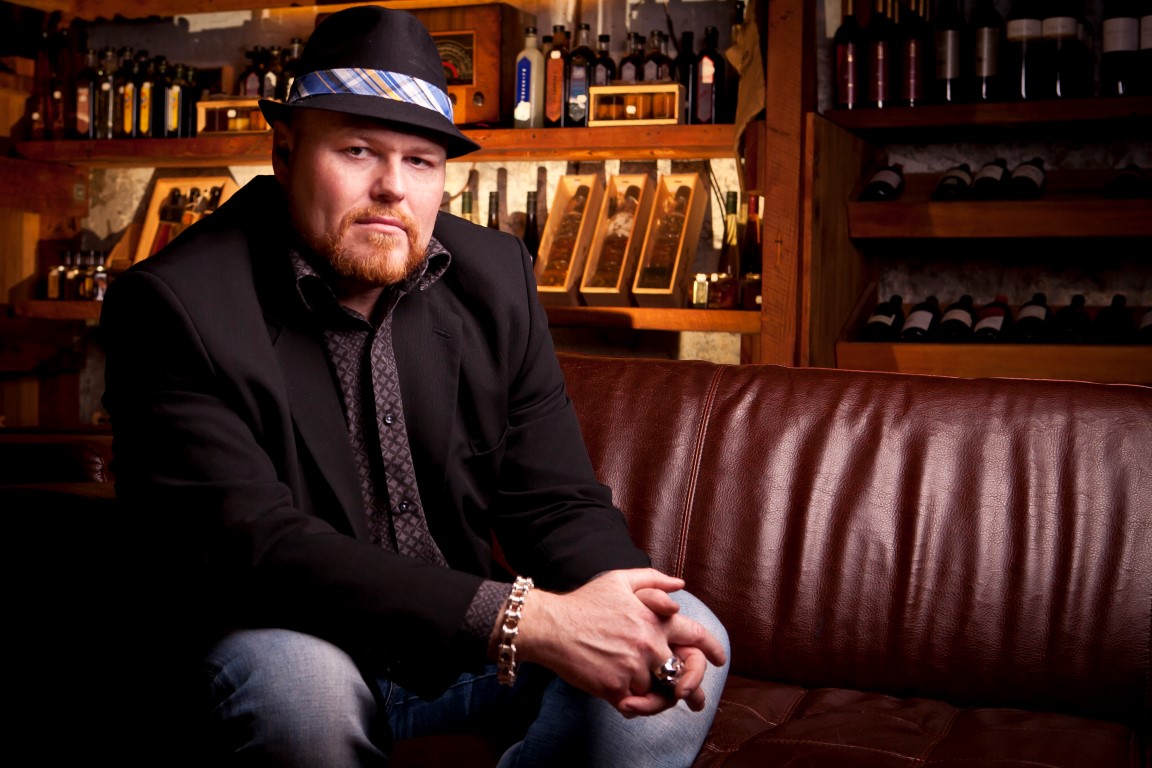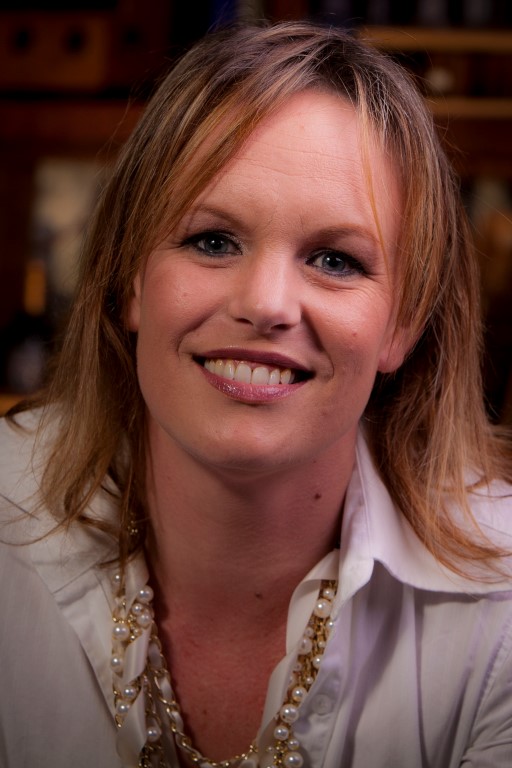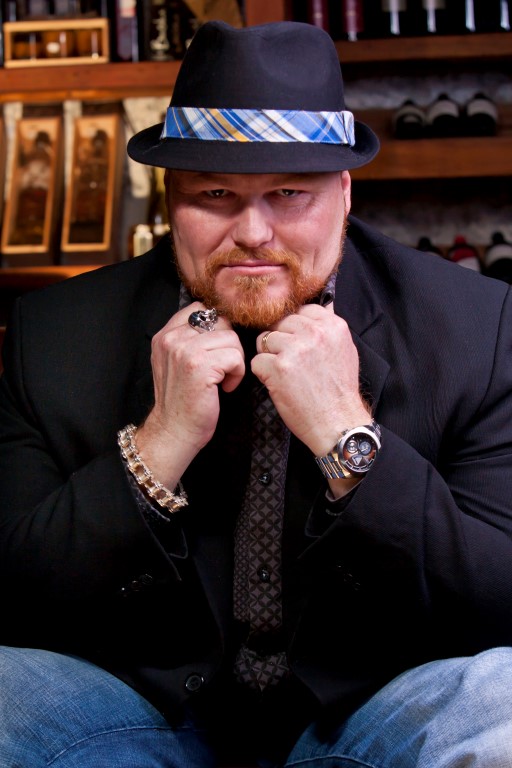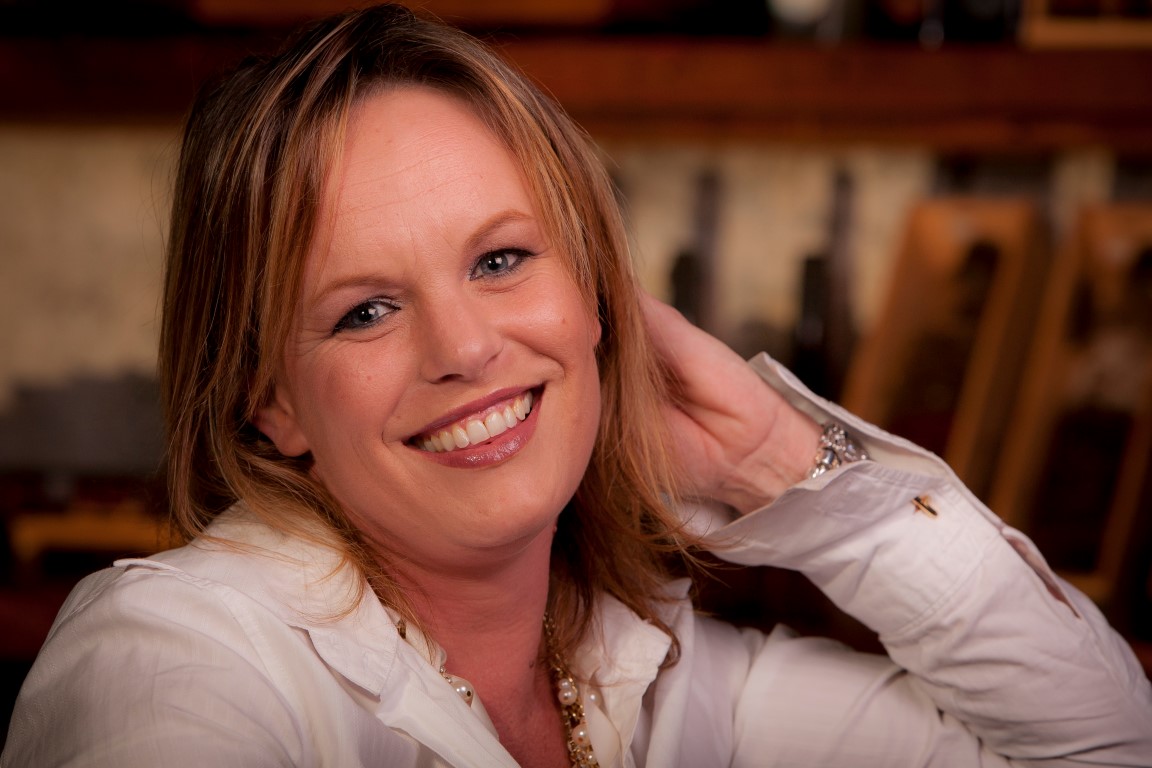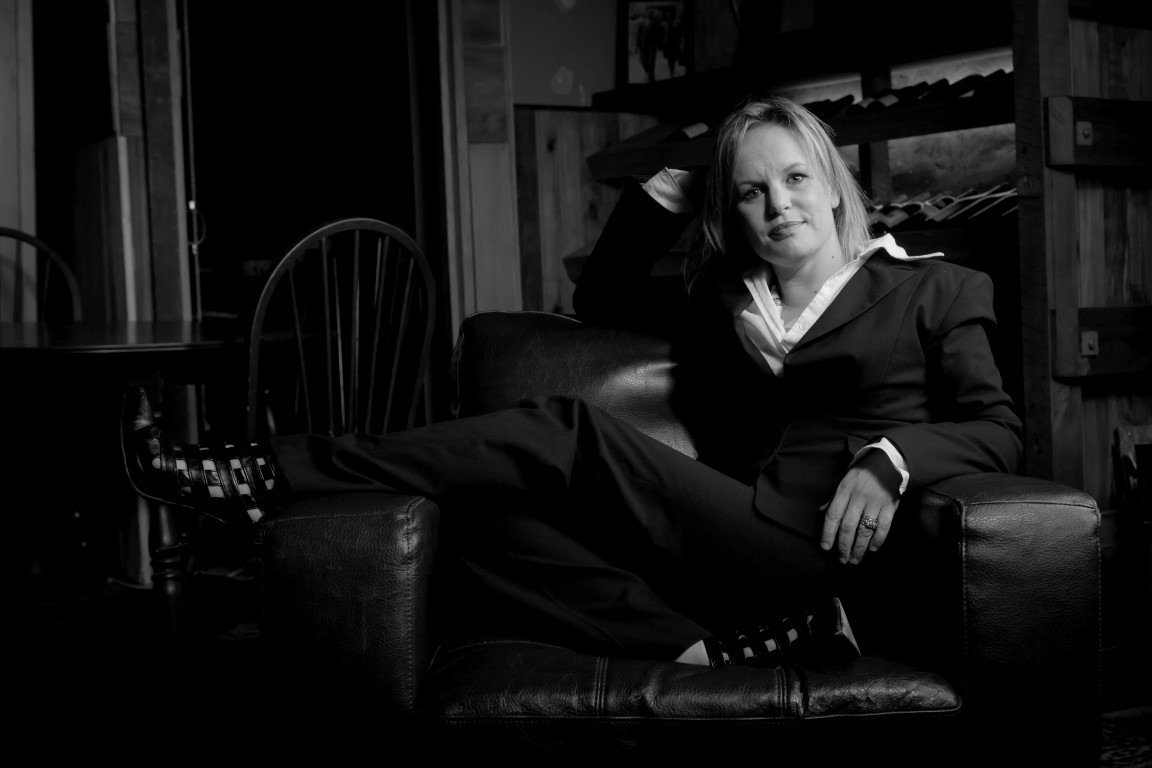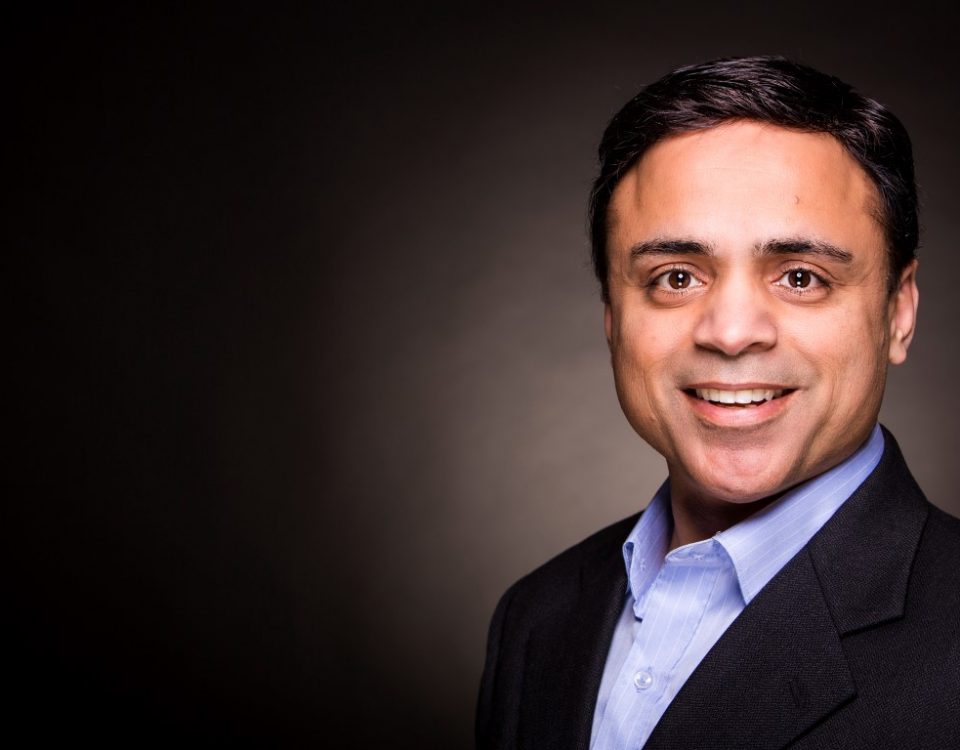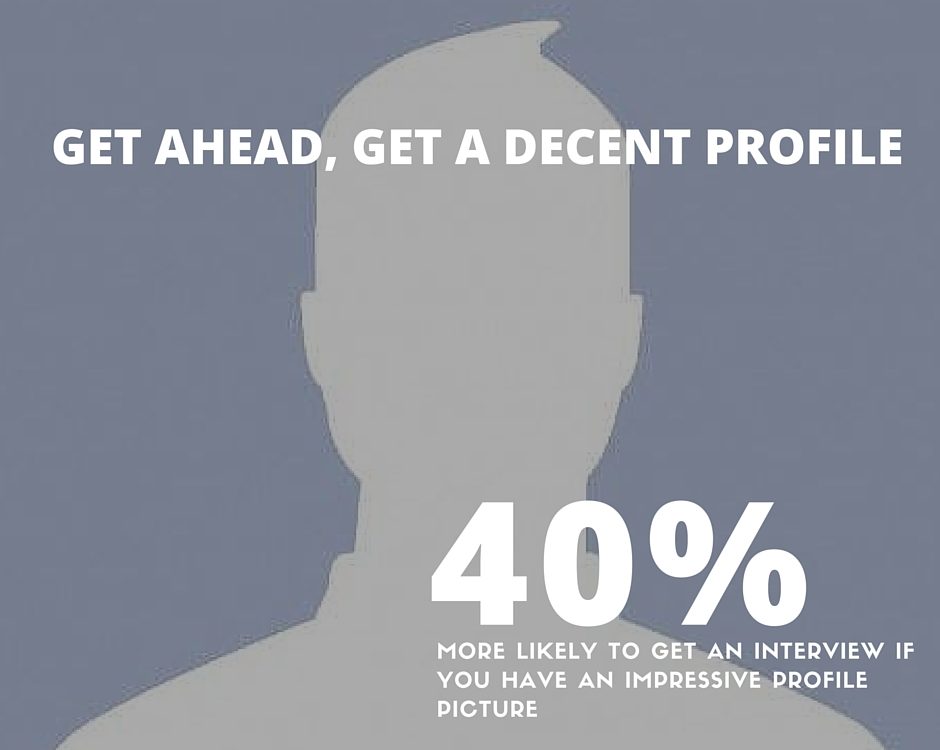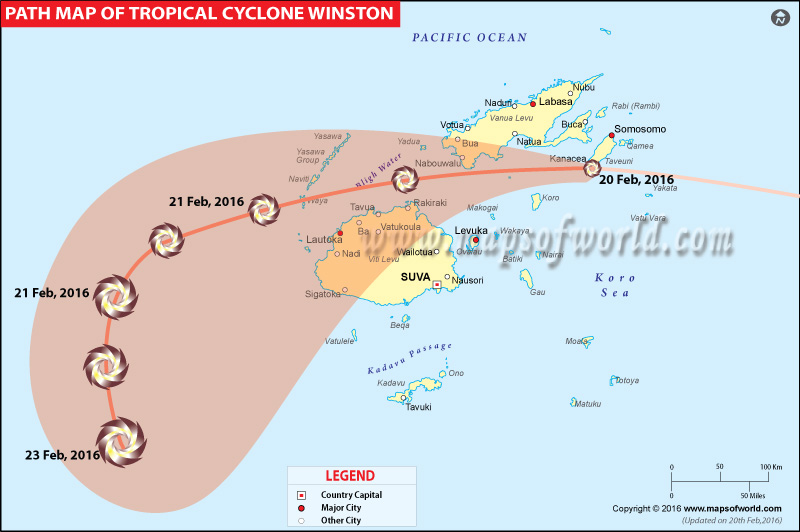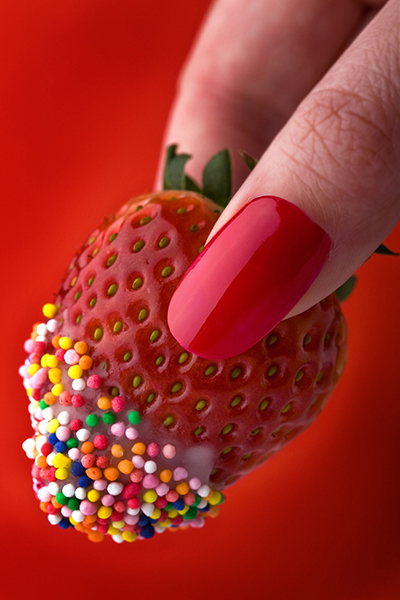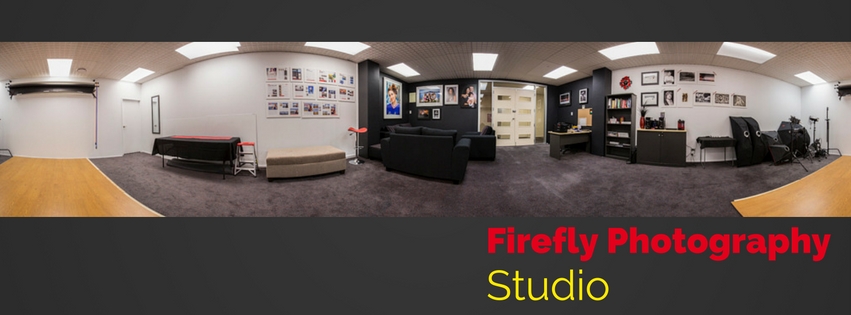Part of the process of building your skills as a portrait photographer depends on pushing your boundaries at times and trying something new. Getting out of your comfort zone can mean many different things – from new equipment and techniques to new locations and unique subjects.
The old truths remain valid – for great images, find something interesting, put it in an interesting place and light it well.
More info after the jump…
There are a number of very interesting locations in the city I live in, and one in particular has been tempting me for a while.
Butter Factory is a location I’ve been dying to shoot in for some time.
As its name implies, it is located in a historic building within the CBD, and because of its aged appearance, has a very specific feel to it.
Maybe it’s just me, but every time I walk in there, Frank Sinatra starts playing in my head and all I want to do is plonk myslef down on one of the leather couches with a good single malt and a fat Cuban cigar and just relax.
Many months ago I started working towards getting a location shoot lined up.
From the start I knew I had 2 options: Either be ballsy and ask the proprietor for permission to drag subjects and gear in on a quiet evening or go the “quid pro quo” route.
I opted for the latter, and approached the owner offering to provide him with free interior shots in exchange for the permission to do the work I wanted to do.
This would involve more work, but I figured it was the smarter move for 3 reasons:
1) It would give me a chance to do some very detailed location scouting – both for places to shoot and times when it would be least disruptive to other patrons.
2) Knowing what kind of ambient light you’re dealing with will save a lot of headaches. (Turns out the place was a photographic black hole – which made things quite interesting)
3) If it turned into a useful location for repeat work, being on the owner’s good side would make future requests easier.
So, step 1.
Shoot the locations pro bono.

